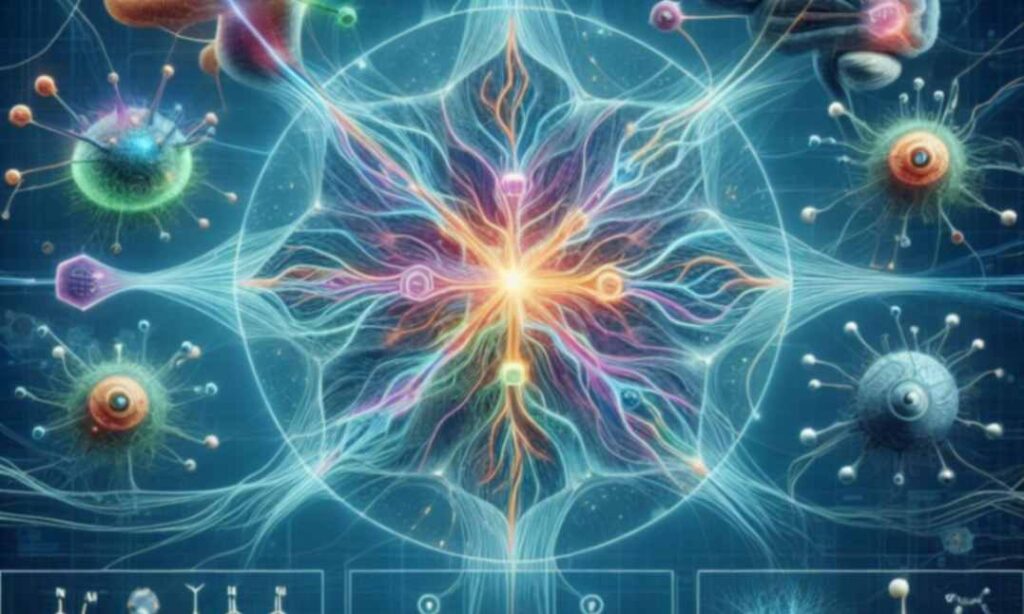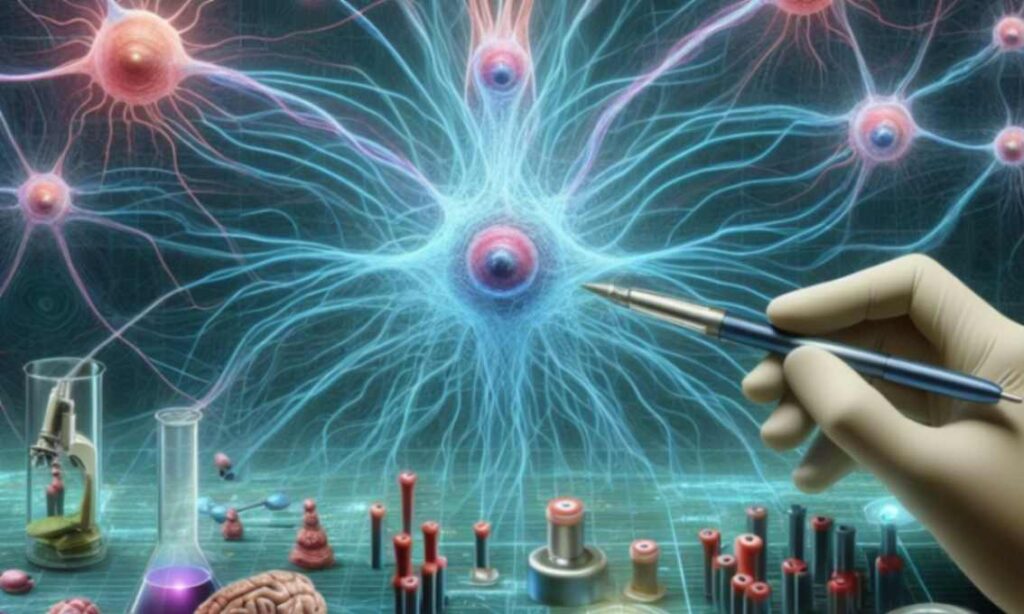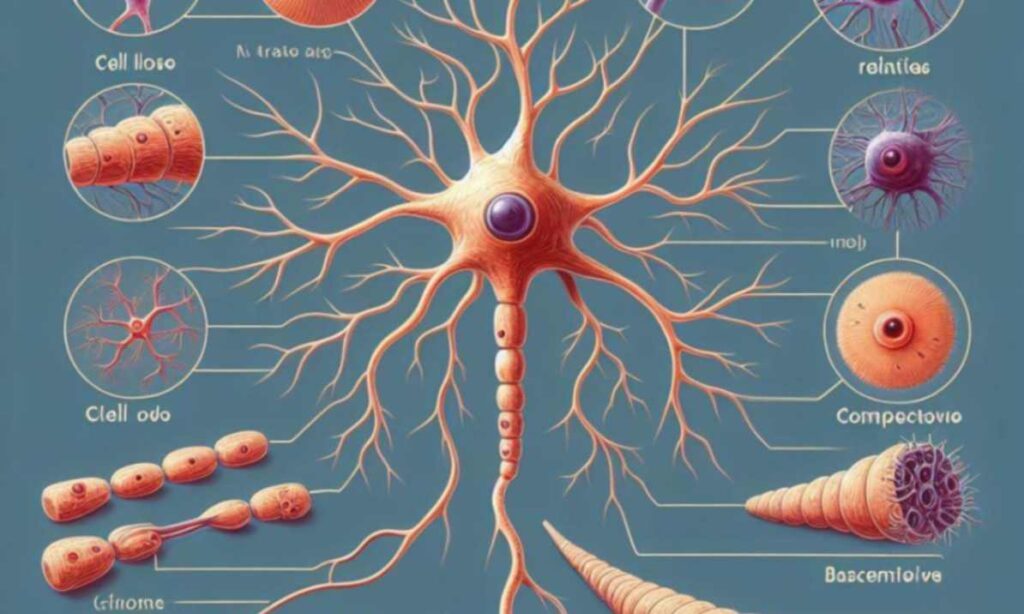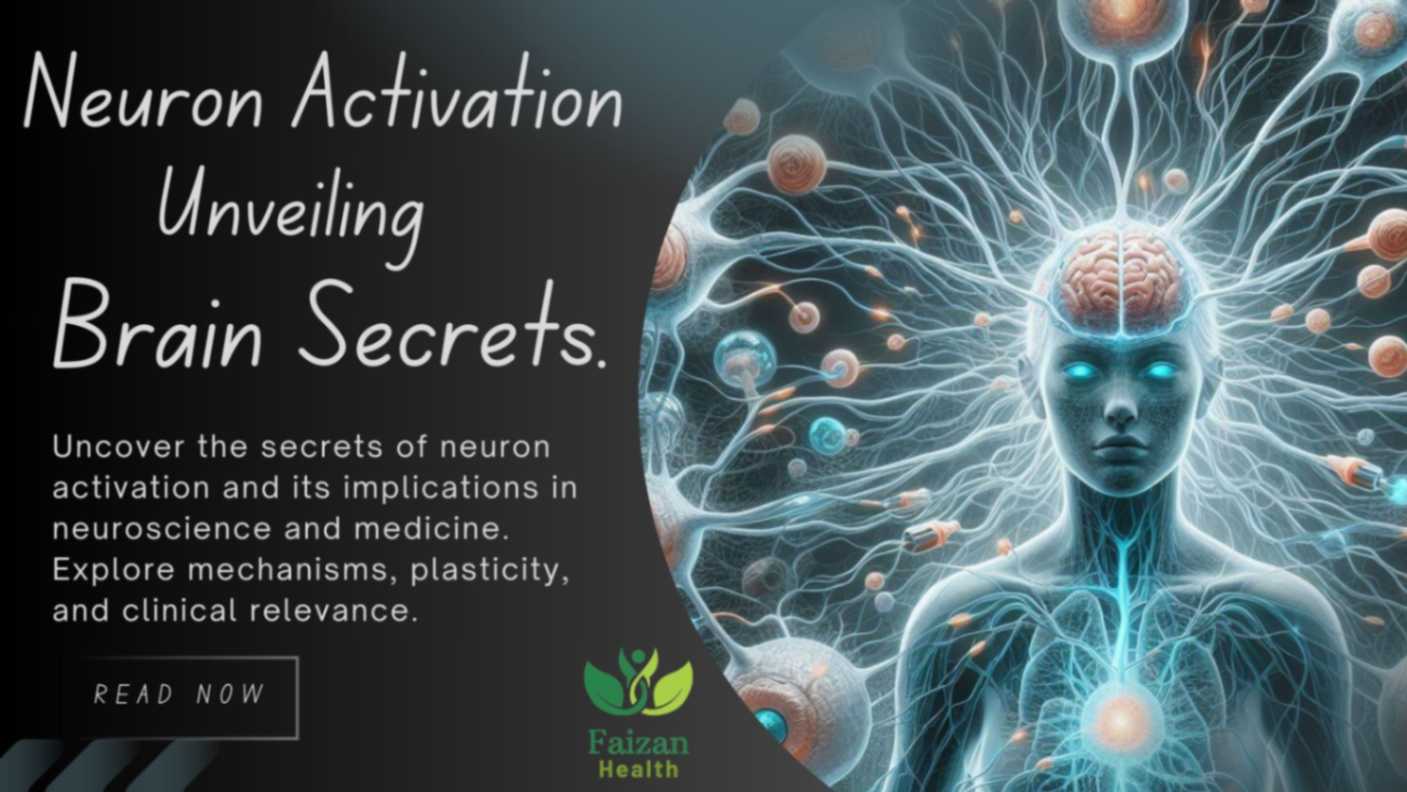All neural activity in the brain and nervous system is powered by the basic mechanism of neuron activation. It involves the intricate interactions between ion channels, neurotransmitters, and synaptic connections that control the signals that are sent and received for behavior, thought, and bodily processes. In order to solve neurological and psychiatric problems and unravel the secrets of brain function, it is essential to comprehend neuron activation. We examine the neurobiology, activation factors, underlying mechanisms, and clinical relevance of neuron activation in this article. By illuminating this intricate process, we hope to offer a thorough summary that stimulates more research in this exciting field of neuroscience. Come along on this journey through the electrical realm of neuron activation.
1. Neurobiology of Neuron Activation:
Neuron activation is driven by the complex functions of the nervous system, involving various structures and mechanisms that ensure signal transmission within and between neurons.
A. Structure of Neuron:
Dendrites:
These branching extensions receive signals from other neurons or sensory receptors.

Cell body (soma):
If the input signals are strong enough, the cell body combines the received signals and generates an output signal.
Axon:
An axon is a long, thin projection that extends from the cell body to adjacent neurons or effector cells. It transmits an output signal called an action potential.
Synapses:
Specific neuronal connections where chemical or electrical impulses are exchanged.
B. Resting Membrane Potential:
- Neural membrane potential rests at –70 millivolts in neurons due to the uneven distribution of ions across the membrane.
- Ion pumps and channels—particularly those permeable to potassium and sodium ions—activate to sustain this relaxed state.
C. Action Potential:
Onset:
Neuron activity begins when excitatory input signals raise the membrane potential to a threshold value, usually -55 millivolts.
Propagation:
Voltage-gated ion channels open and close to drive the action potential’s self-propagating descent down the axon after it is started.
Depolarization and repolarization:
Sodium ions flood the cell during depolarization, quickly altering the membrane potential. When potassium ions exit the neuron, repolarization takes place, returning the membrane potential to its resting condition.

2. Factors affecting neuron activation:
A. Neurotransmitters:
Excitatory neurotransmitters:
Glutamate and other chemical messengers attach to postsynaptic neuron receptors, depolarizing the cell and enhancing neuronal activity.
Inhibitory Neurotransmitters:
Transmitters that cover neuron activation consolidate GABA (gamma-aminobutyric destructive), which binds to receptors to cause the postsynaptic layer to become hyperpolarized.
B. Receptor Activation:
Ligand-gated ion channels:
These channels open when neurotransmitters attach to them, allowing ions like sodium or chloride to pass through the membrane and impact neuronal activity.
GPCRs:
GPCR activation initiates intracellular Signaling cascades that modify cellular processes or regulate ion channels, thus influencing neuronal activation.

C. Neurotransmitter Reuptake and Degradation:
After synapse discharge, components, for example, reuptake through presynaptic terminals or enzymatic corruption in the synaptic parted control synapse levels, influencing the span and extent of neuron enactment.
D. Modulatory Factors:
Hormones:
The effects of hormones, such as those derived from the endocrine system, can modify neuron activity directly by binding to the neuron’s receptors or indirectly by changing the release of neurotransmitters or the sensitivity of receptors.
Neuromodulators:
By changing the development of neurotransmitter structures, these solutions, which integrate endogenous opiates and cannabinoids, change synaptic transmission and neuron authorization.
3. Mechanisms of Neuron Activation:
A. Excitatory Synaptic Transmission:
- Neurotransmitters like glutamate are released from presynaptic neurons during excitatory synaptic transmission.
- Postsynaptic neurons’ excitatory receptors, predominantly ionotropic glutamate receptors like NMDA and AMPA receptors, are limited by glutamate.
- At the point when these receptors are set off, decidedly charged particles, basically sodium, enter the postsynaptic neuron, depolarizing the film and advancing neuron actuation.
- Excitatory synaptic transmission assumes a basic role in cerebrum circuits for both synaptic correspondence and the digestion of approaching information.
B. Inhibitory Synaptic Transmission:
- During inhibitory synaptic transmission, the presynaptic neuron releases GABA (gamma-aminobutyric destructive) and various neurotransmitters.
- On postsynaptic neurons, GABA binds to inhibitory receptors, which are usually metabotropic or ionotropic GABA-An or GABA-B receptors.
- Adversely charged particles, like chloride, enter the postsynaptic neuron when these receptors are initiated, hyperpolarizing the film and forestalling neuron movement.
- To control neuronal movement, safeguard the excitatory-inhibitory equilibrium, and stay away from over-the-top neuronal termination, inhibitory synaptic transmission is involved.

C. Integration of synaptic input:
- Neurons get input from numerous presynaptic neurons, both excitatory and inhibitory, which are coordinated at the level of the cell body and dendrites.
- Whether a neuron will cross the threshold to produce an action potential is determined by the total of its excitatory and inhibitory inputs together.
- The modulation of neuronal activity and the shaping of neuronal output are significantly influenced by the spatial and temporal accumulation of synaptic inputs.
D. Neural Circuits and Network Activation:
- The intricate networks and circuits made up of neurons underpin the different behaviors and functions of the brain.
- Coordinated activity between linked neurons, with each neuron contributing to the circuit’s overall output, is required to activate particular brain circuits.
- Neuromodulation, synaptic transmission, and intrinsic neuronal features all dynamically control network activation, enabling adaptive and flexible responses to external stimuli.
4. Techniques for studying neuron activation:
A. Electrophysiological Methods:
- By establishing a high-resistance seal between a glass pipette and the cell membrane, patch-clamp recording is a technique that measures the electrical activity of individual neurons with fine control over ion currents.
- Extracellular recordings They track alterations in the extracellular electrical fields brought on by action potentials by placing electrodes in close proximity to neurons. The firing patterns of individual neurons inside intact brain circuits are revealed in depth by these recordings.
B. Calcium imaging:
- Variations in intracellular calcium levels—a surrogate for neural activity—using fluorescent calcium markers.
- Permits mapping of neural activity patterns in living brain tissue by monitoring neural responses to stimuli with great spatial and temporal resolution.

C. Optogenetics:
- Combines genetic engineering and optical techniques to accurately control the activity of specific neurons or groups of neurons.
- Is the genetic modification of neurons to produce light-sensitive proteins (such channel rhodopsin), after which the neurons are exposed to particular light pulses that either stimulate or inhibit their activity.
D. Molecular Biology Techniques:
- Using methods like quantitative PCR or RNA sequencing, gene expression analysis measures the amounts of genes linked to neuron activation.
- Protein expression and localization: Within brain tissue, methods like immunohistochemistry and western blotting are Employed to detect and measure the expression and location of proteins involved in neuron activation.
Conclusion:
In conclusion, the detection of neuron activation reveals complex mechanisms of brain function and behavior. Neural networks are astonishingly complicated because of everything from the dynamic interplay of neurotransmitters and synaptic transmission to the structural organization of neurons. Researchers can obtain essential insight into the fundamental processes that shape brain function by comprehending the methods and circumstances that regulate cell activation.

The study of neuroplasticity emphasis how the brain may change its structure in response to new experiences, information learned, and cues from the environment. Techniques for studying neuron activity at the cellular and molecular levels include optogenetics, electrophysiology, calcium imaging, and molecular biology. Eventually, acquiring information in this space may significantly propel our cognizance of neurological and psychological maladjustments and lead to the development of state-of-the art helpful methodologies that will improve individuals’ wellbeing and health.
Read More About Streptococcus Intermedius.
FAQs:
What is neuron activation?
Neuron activation is the process by which neurons generate and transmit electrical signals, which are essential for brain function and communication.
Why is understanding neuron activation important?
Understanding neuron activation helps unravel the complexities of brain function, advances in neuroscience and the development of treatments for neurological and psychiatric disorders.


The point of view of your article has taught me a lot, and I already know how to improve the paper on gate.oi, thank you.
Thank you for your sharing. I am worried that I lack creative ideas. It is your article that makes me full of hope. Thank you. But, I have a question, can you help me?
Thank you for your sharing. I am worried that I lack creative ideas. It is your article that makes me full of hope. Thank you. But, I have a question, can you help me?
Thank you for your sharing. I am worried that I lack creative ideas. It is your article that makes me full of hope. Thank you. But, I have a question, can you help me?
VIP marketing полного цикла от диджитал маркетинговое агентство: от исследования рынка до разработки маркетинговых стратегий – лучшие в своем деле.
Thanks for sharing. I read many of your blog posts, cool, your blog is very good.